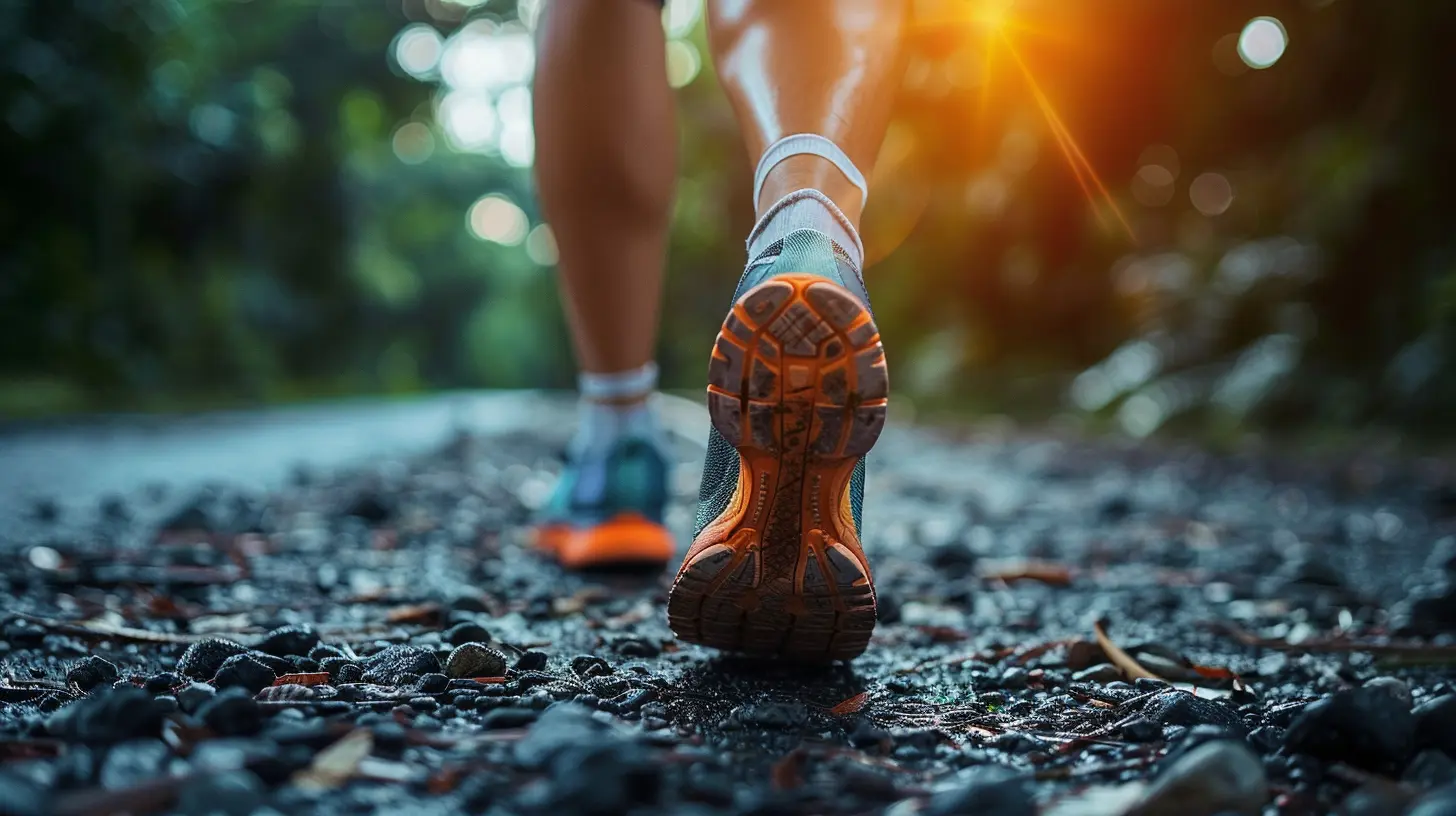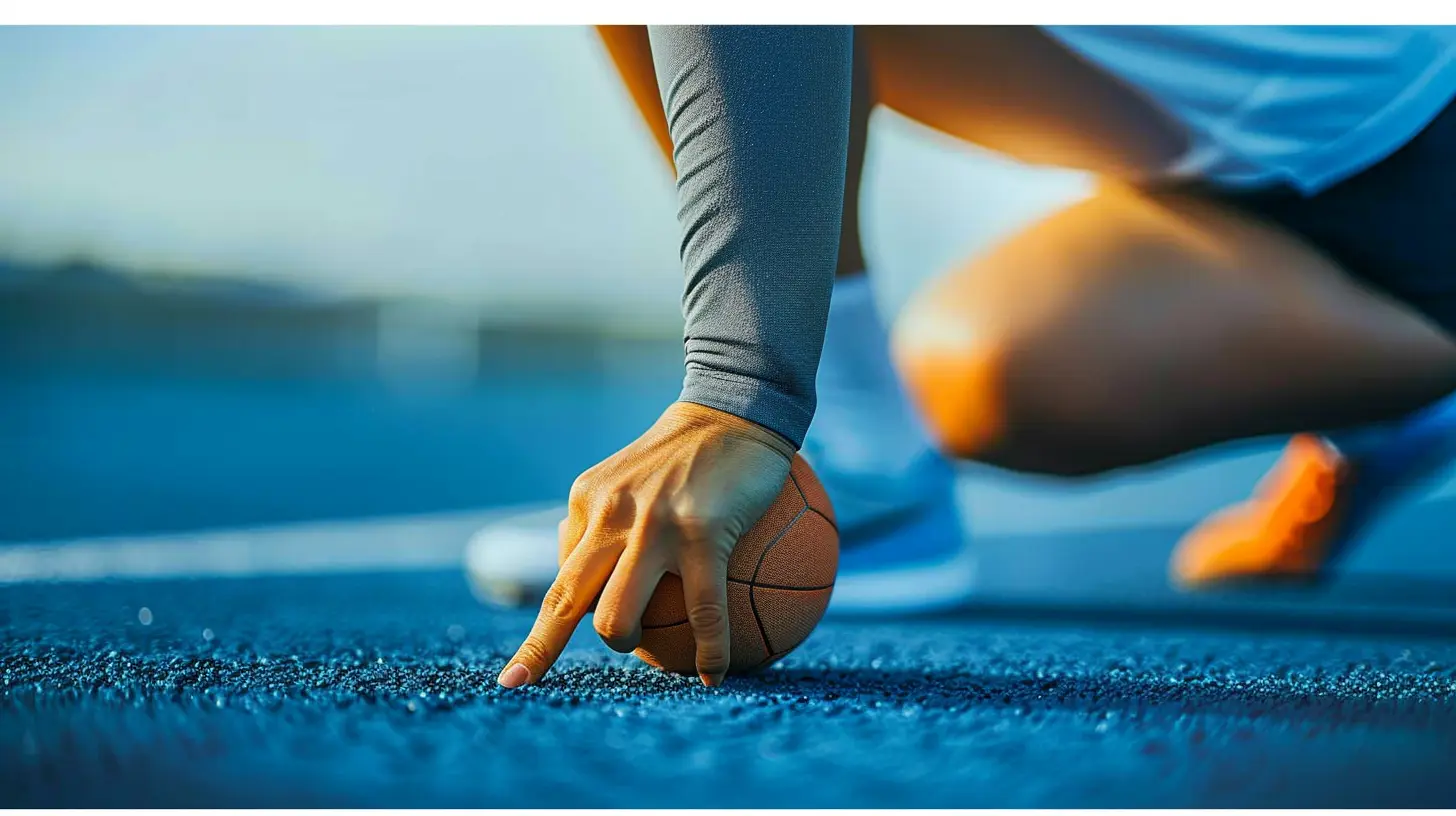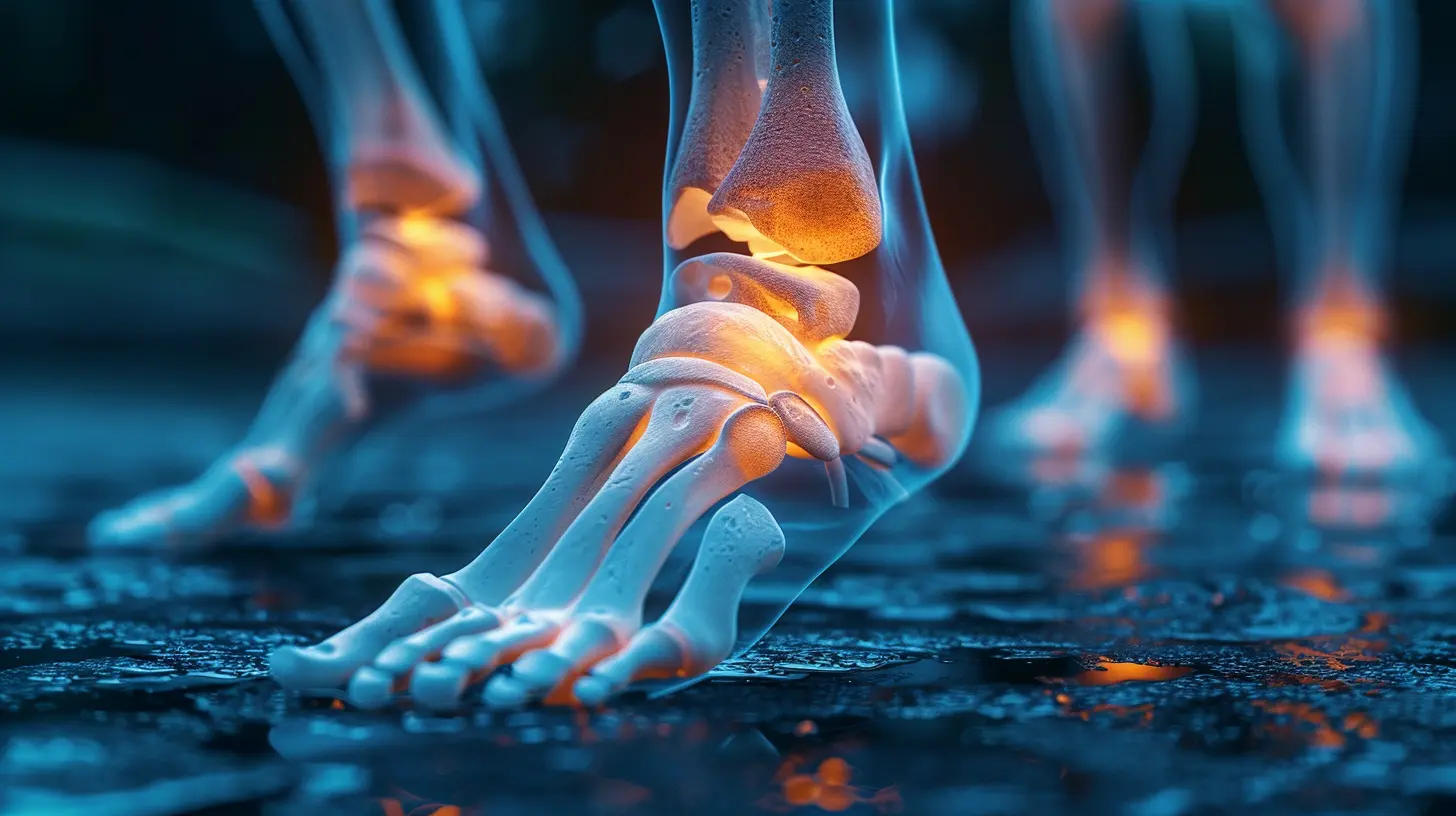Protecting Your Joints in High-Impact Sports
30 June 2025
High-impact sports push your body to its limits—and while the thrill is unbeatable, your joints often bear the brunt of the action. If you're into running, basketball, gymnastics, or any other sport that involves repetitive pounding, you may have experienced joint pain or discomfort. But does that mean you should slow down or stop doing what you love? Absolutely not!
With the right approach, you can protect your joints, stay injury-free, and keep playing for years to come. In this guide, we'll break down how you can safeguard your joints while still enjoying your favorite high-impact activities.

Why Are Joints at Risk in High-Impact Sports?
Joints are the connection points between bones, cushioned by cartilage and lubricated by synovial fluid. They allow movement, absorb shock, and keep you mobile. In high-impact sports, the constant stress from jumping, running, and sudden stops puts excessive pressure on your joints.When your joints absorb too much impact, it can lead to:
- Cartilage wear and tear – Over time, the protective cartilage between your bones can degrade, leading to pain and stiffness.
- Inflammation – High-impact movements can cause swelling and irritation, making movement uncomfortable.
- Injuries like sprains and ligament tears – Sudden twists or improper landings can strain or tear ligaments and tendons.
- Joint degeneration (arthritis) – Long-term overuse without proper care can contribute to joint damage and arthritis.
But here's the good news: You don't have to give up high-impact sports. Instead, you just need to be smart about protecting your joints.

How to Protect Your Joints in High-Impact Sports
1. Strengthen the Muscles Around Your Joints
Strong muscles act like shock absorbers, reducing the load on your joints. If your muscles are weak, your joints take on a greater burden—leading to pain and injury.Best exercises for joint protection:
- Squats and lunges – Strengthen your legs and stabilize your knees.
- Core exercises (planks, bridges, crunches) – Support your spine and improve posture.
- Resistance training – Strengthens muscles around your joints, reducing strain.
2. Warm Up Before You Play
Jumping straight into intense activity without warming up is like revving a cold engine—it increases your risk of breakdown. A proper warm-up increases blood flow, boosts flexibility, and preps your joints for movement.Try this dynamic warm-up:
- 5-10 minutes of light cardio (jump rope, jogging)
- Dynamic stretches (high knees, leg swings, arm circles)
- Mobility exercises (hip openers, ankle rolls)
A well-prepped body is far less likely to suffer from joint strain.
3. Improve Your Technique
Poor form is a recipe for joint injuries. Whether it's running with bad posture or landing too hard after a jump, improper movement patterns put unnecessary stress on your joints.- Work with a coach or trainer to refine your technique.
- Be mindful of alignment—keep your knees, hips, and ankles in proper positioning.
- Land softly when jumping to reduce impact forces.
Even minor corrections in your form can make a big difference in joint health.
4. Choose the Right Footwear
Your shoes are your first line of defense against joint impact. The right pair can absorb shock, support your arches, and reduce stress on your knees and ankles.Look for:
✅ Cushioning that absorbs impact
✅ Arch support for proper alignment
✅ A snug but comfortable fit to prevent slipping
If you're into running or jumping sports, replace your shoes every 300-500 miles to maintain proper support.
5. Cross-Train to Reduce Overuse Injuries
Doing the same high-impact movements over and over? Your joints might start protesting. To prevent wear and tear, mix things up with low-impact activities.Great options include:
- Swimming (zero impact, full-body workout)
- Cycling (gentle on joints, great for endurance)
- Yoga or Pilates (improves flexibility and strength)
Cross-training keeps your joints happy while improving overall fitness.
6. Maintain a Healthy Weight
Every extra pound you carry puts four times the pressure on your knees. That means if you're just 10 pounds overweight, your knees are handling an extra 40 pounds of force with every step.Maintaining a healthy weight reduces stress on your joints and minimizes the risk of joint-related injuries.
7. Use Joint-Supporting Supplements
If you’re putting your joints through intense activity, certain supplements may help keep them in top shape.Top joint-friendly supplements:
- Glucosamine & Chondroitin – May slow down cartilage breakdown.
- Collagen – Supports joint flexibility and repair.
- Omega-3 fatty acids – Reduce inflammation and joint stiffness.
- Turmeric/Curcumin – A natural anti-inflammatory powerhouse.
While supplements can be beneficial, they’re not a substitute for proper training, warm-ups, and recovery.
8. Prioritize Recovery and Rest
Your joints need time to recover. Without adequate rest, they become more prone to inflammation and injury.Recovery essentials:
- Stretch after workouts to maintain flexibility and prevent stiffness.
- Get 7-9 hours of sleep—your body repairs itself while you rest.
- Use ice packs or heat therapy to soothe sore joints.
- Listen to your body—if you're feeling joint pain, take a break!
9. Wear Joint Protection If Needed
If you're engaging in physically demanding sports, protective gear can prevent injuries.Best options include:
- Knee braces or sleeves for added stability.
- Ankle supports to prevent sprains.
- Compression gear to improve circulation and reduce swelling.
Protective gear isn't just for injury recovery—it can also help prevent injuries from happening in the first place.
10. Stay Hydrated
Believe it or not, water plays a key role in joint health. Your joints rely on synovial fluid to stay lubricated. If you're dehydrated, they’re more prone to stiffness and discomfort.Drink plenty of water throughout the day, especially before and after workouts.

When to See a Doctor
Some joint soreness is normal after intense activity—but persistent pain, swelling, or instability could signal a more serious issue. Seek medical advice if:🚩 Pain persists for more than a few days
🚩 Joints feel unstable or "give out"
🚩 There's noticeable swelling or redness
🚩 Pain worsens with movement
Ignoring early warning signs can lead to long-term damage, so don’t wait if something feels off.

Final Thoughts
High-impact sports don’t have to mean wrecked joints. With the right approach—strength training, proper footwear, good technique, and smart recovery—you can keep your body moving smoothly and avoid painful injuries. After all, your joints are built to move—just make sure you're taking care of them so they can keep up with you!all images in this post were generated using AI tools
Category:
Healthy JointsAuthor:

Laurie Barlow
Discussion
rate this article
1 comments
Antonia McVeigh
Thank you for this informative article! The tips on protecting joints during high-impact sports are invaluable. It's essential for athletes to prioritize their joint health to ensure longevity in their activities. Looking forward to more insights like this!
July 17, 2025 at 2:22 AM

Laurie Barlow
Thank you for your kind words! I'm glad you found the tips helpful. Stay tuned for more insights on joint health!


